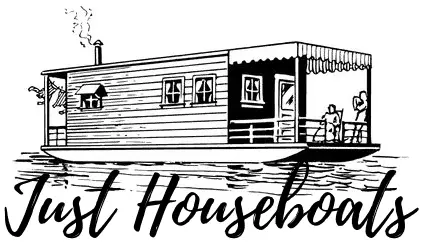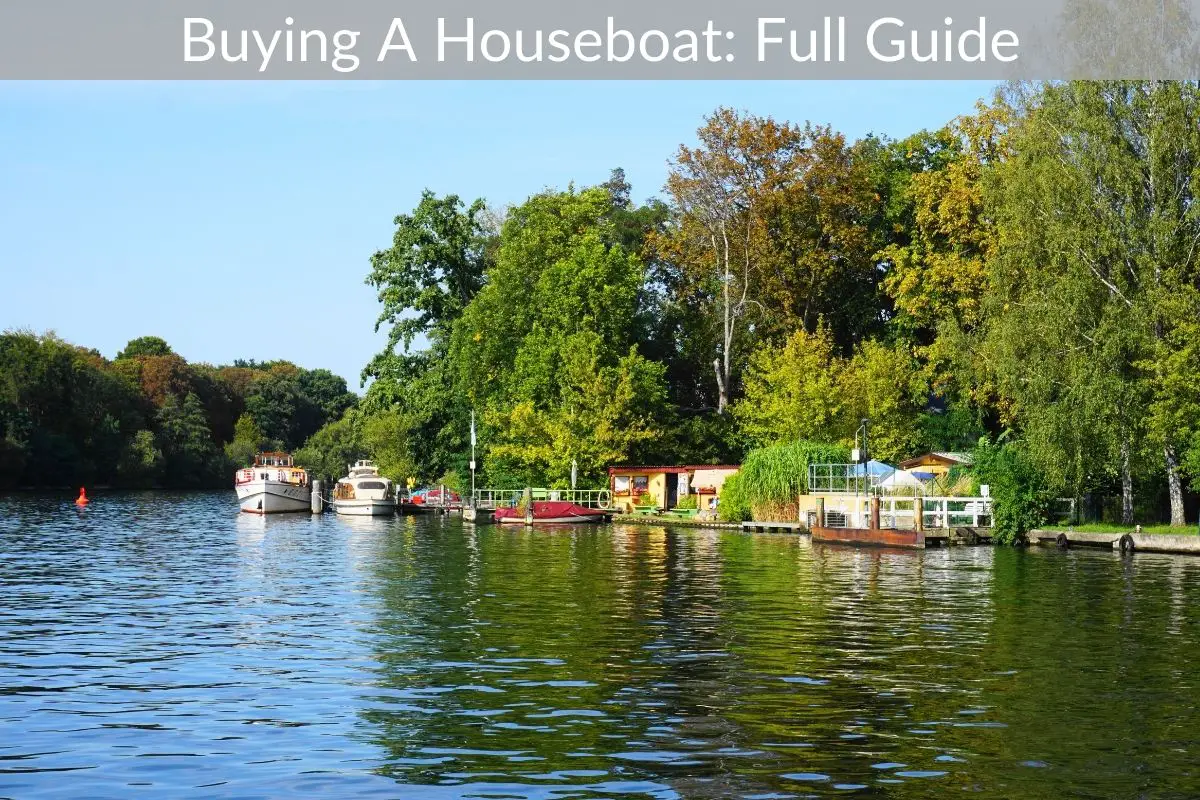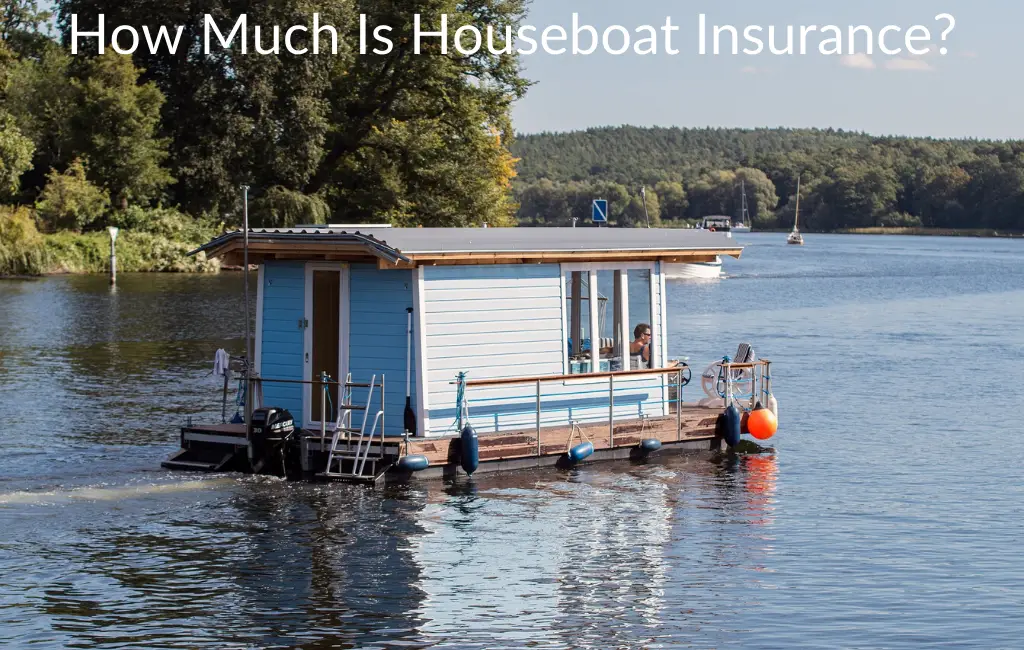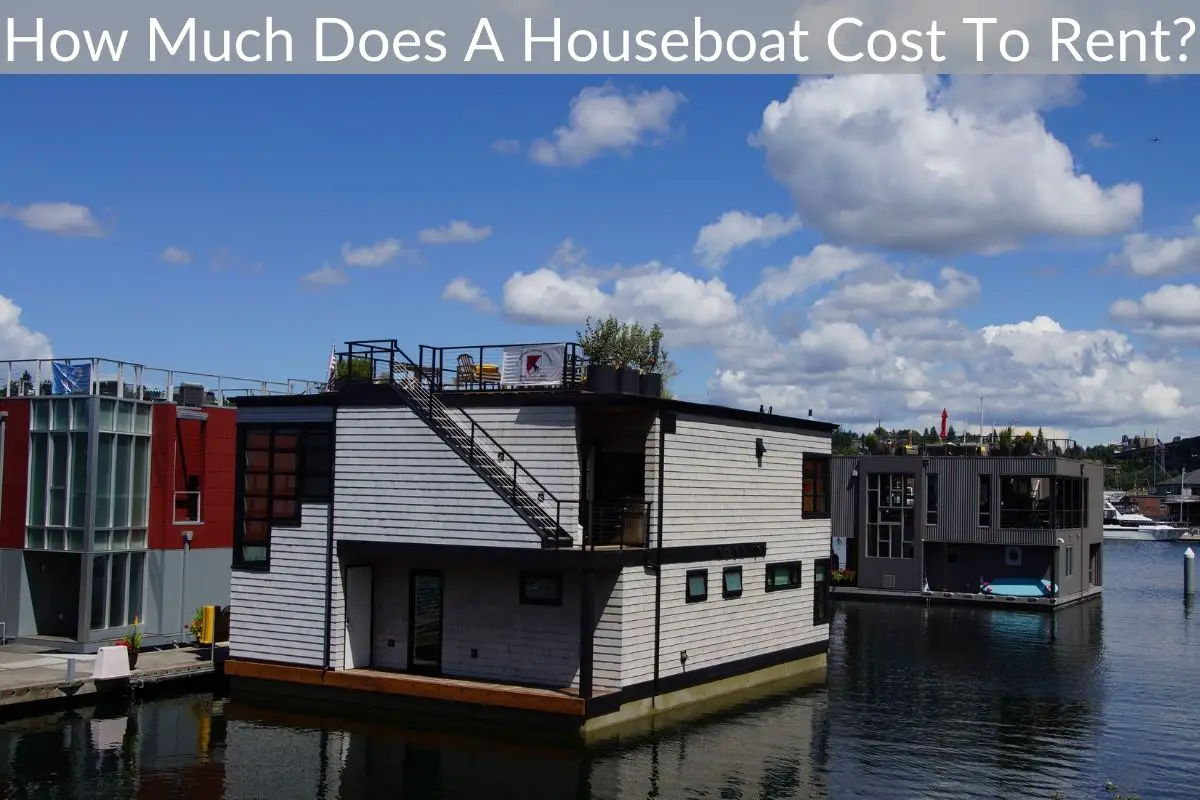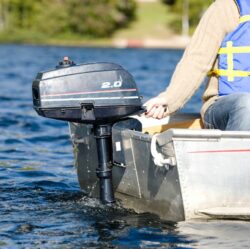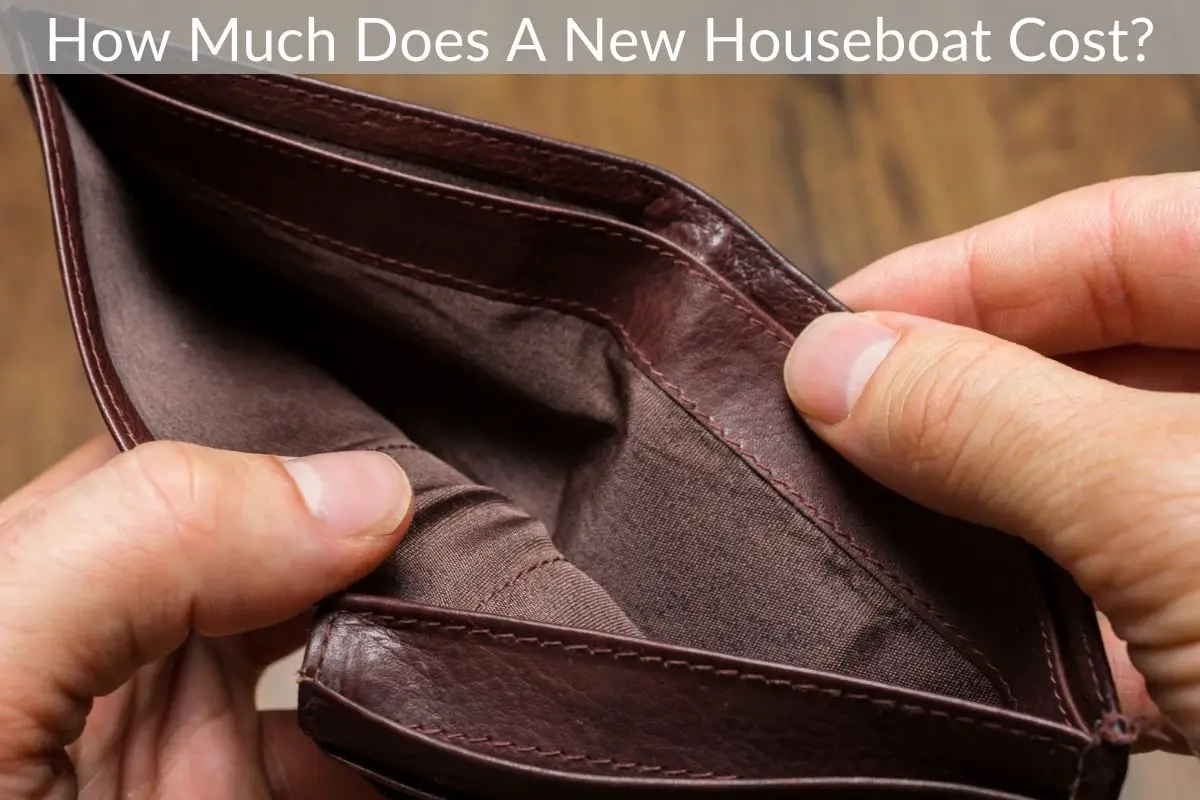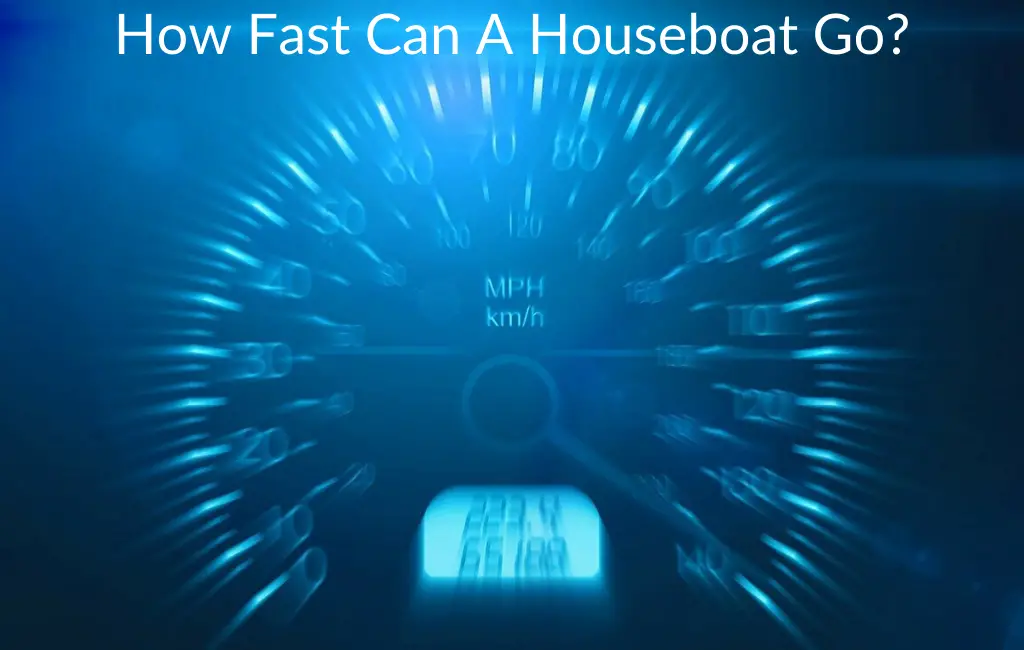Having the right anchor and anchor system on board your houseboat is very important as the last thing you want is your houseboat floating away while you are sleeping or away. In this article I will discuss the best anchors, winches, lines, stakes, and more.
*This post may contain affiliate links. As an Amazon Associate we earn from qualifying purchases.
Houseboat Anchor Types
- Claw Anchor
- Fluke Anchor
- Fisherman’s Anchor
- Mushroom Anchor
- Plough Anchor
Each type of anchor is used for different types of bottom, weather, etc. If the water is calm the weight of an anchor can hold your boat in place but if it is windy or the area you are at has a quick moving current then having the correct anchor that will hold on the bottom is vital.
Claw Anchor
The claw anchor is a popular choice for all types of bottoms including mud, sand, rocky, etc. Once your claw anchor is set it is virtually impossible to move in a storm or current. However, setting the anchor properly can be difficult.
Many people report issues with claw anchors only grabbing with one side of the claw and not catching with the entire anchor. Of course this is an issue because you can believe your boat is secure only to find out later that it isn’t.
If you choose a claw anchor refer to the below sizing chart:
Boat Length Anchor Size
13-22 feet 6 pounds
22-34 feet 16 pounds
33-40 feet 33 pounds
40-55 feet 55 pounds
Fluke Anchor
The fluke anchor can be found on many boats because it is inexpensive and works well in mud and sand. If the bottom is rocky where you are attempting to anchor, a fluke anchor will give you issues.
A fluke anchor is normally more lightweight and holds your boat by the flukes digging into the bottom.
If you choose a fluke anchor refer to the below sizing chart:
Boat Length Anchor Size
8-15 feet 4 pounds
15-25 feet 8 pounds
26-32 feet 16 pounds
32-38 feet 22 pounds
38-43 feet 33 pounds
43-49 feet 44 pounds
Fisherman’s Anchor
The fisherman anchor hold well in a bottom that has rocks and weeds but won’t hold well on any other bottom types. It is designed to be used by fishermen as the areas where they fish are often a rocky bottom.
Often the fisherman anchor’s weight will do much of the holding of the boat and since the anchoring isn’t often done long term, if the anchor moves the fisherman can simply reposition the boat and anchor.
The fisherman anchor will hold much better in grass and weeds than a fluke anchor will as the fluke anchor can become choked with grass making it impossible to anchor properly. For most conditions a fisherman anchor should have 2lbs for every 1 foot of boat length. So if your boat is 30 feet long then your fisherman anchor would need to be 60lbs.
Mushroom Anchor
The mushroom anchor is most often used for moorings as they aren’t very conducive to having on board. This anchor is essentially just a giant weight that will be permanently underwater. Raising and lowering this type of anchor won’t work for virtually all boats.
The mushroom anchor can be used for small kayaks or canoes but it is just the sheer weight of the anchor that would hold those small boats stationary.
Plough Anchor
The plough anchor is shaped after a plough that would be used to till up the soil in old times. The plough anchor works best in sand, weeds, and mud. The plough anchor works very well in strong current or wind as the more it gets pulled the deeper it will dig into the bottom.
If you choose a plough anchor refer to the below sizing chart:
Boat Length Anchor Size
22-26 feet 26 pounds
27-32 feet 35 pounds
33-50 feet 48 pounds
51-65 feet 59 pounds
Houseboat Anchor Winch/Windlass
If you have recently purchased your houseboat you are probably confused about the anchor winch and windlass. Obviously you know what a winch is but what is this windlass you keep hearing about and what is the difference between the two?
The main difference between an anchor winch and windlass is an anchor windlass is what would be used to pull up the anchor on a vessel while the winch is used to moor the boat to a dock or buoy.
Most often on board a houseboat you will have a windlass to anchor your houseboat in to shore and then have a winch when tying your boat up. Winches are normally used to wind rope in or out to help hold your boat in place while docked.
Windlasses can be electric or hydraulic as well but most of the windlasses aboard houseboats will be of the hand crank variety. They are very useful in keeping your houseboat anchor lines tight while you are beached overnight or even for a few days.
Houseboat Anchor Lines
Houseboat anchor lines are most often ¾ inch thick double braided nylon and are often 150-200 feet in length. For anchoring to shore your houseboat will normally have 2 or 4 lines that you will use to anchor the boat to shore to keep it from moving in the wind or waves.
Some boats will only have one anchor line on each side with much larger anchors when beached while other boats will have 3 anchor lines with smaller anchors. Ultimately it is up to you what you choose for your houseboat but most people prefer to use the 2 anchor lines on each side approach.
Since nylon is strong, flexible, and light it is the most common type of anchor line used for boats. Braided nylon is much stronger than twisted nylon so that is why braided is often used. Twisted rope is normally less expensive than its braided counterpart but it stretches more which can be a downside when you are trying to keep your lines to shore taut.
Houseboat Anchor Stakes
If you are in an area with virtually no wind, current, or waves your boat might be equipped with anchor stakes instead of traditional anchors. These stakes are used to hold your boat on the shore and should be driven in at an angle away from the boat (making a v with the stake and anchor line).
Stakes are rarely used with most houseboats as they can’t be used in all soil types or in all weather conditions. If you are making a purchase for your boat it is normally better to just use normal anchors rather than using stakes.
The large pro to stakes is that they are much easier to use than a traditional anchor. With a traditional anchor you will have to dig a hole on shore to stick your anchor in. With anchor stakes you can use a small sledge hammer and drive them into the ground much faster.
If the lake where you go is very calm and doesn’t have storms often than stakes may work well for you but for most people using normal anchors is the best course of action.
Anchoring your houseboat properly is a vital part of your vacation. If you are only going to be on vacation for a few days, ideally you will find one location and stay anchored there the entire time as anchoring can be a tiring and time consuming process. If you are going to be on board for a week or longer than anchoring at a few different places isn’t a bad idea as a change of scenery and new places to explore can be exciting for everyone on board.
When you anchor your boat be sure to set the anchors properly and check your anchor lines a couple of times a day. If they get some slack in them then be sure and tighten them up so the boat doesn’t come loose while you are sleeping or not looking.
If the water on the lake is going down you will need to loosen the anchor lines a little as well. If the lake appears to be going down a lot (after a larger rain or during a long dry spell) take the time to take your houseboat off the beach and rebeach it if needed. You DO NOT want to have your boat become entirely beached because you weren’t watching the lowering waterline.
I hope this article has helped answer some questions you might have about anchors and anchoring.
As Always,
Happy Boating
